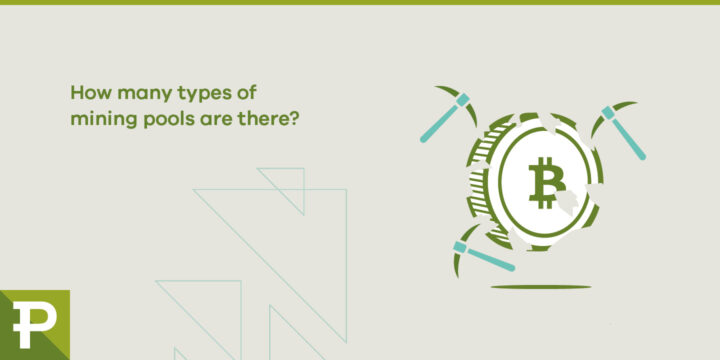
Bitcoin mining is one of the most important topics in the blockchain world. Miners are persons responsible for producing cryptocurrencies and recording and approving cryptocurrency transfers through hardware and software, and the work they do is called mining. One of the most common terms we come across in this context is the mining pool.
What is a mining pool?
ASICs, which are seen as the most important part of mining, are actually not enough on their own. A single miner’s earnings are usually not on a parity with the amount of effort spent. To make this more efficient, mining pools are created. The collaboration of 10 miners is referred to as a mining pool. To give a clearer example, if Bitcoin mining is an ocean, miners working as a team are a pool.
How do mining pools work?
There is a coordinator heading up the teams that create the mining pools who assign them different nonce values so that the miners do not work in the same blocks. The nonce value represents random numbers that miners call counters, which determine the awards given to the miners, a process managed by coordinators. There are two methods that coordinators commonly use: PPS (pay per share) and PPLNS (pay per last N share).
What is PPS?
PPS, or payment per share, is the most preferred pool method. With this method, hash values called shares are taken into account to determine the amount of effort spent by each miner in the pool. Payment is made for each share and this accumulates over time.
What is PPLNS?
The most preferred method after PPS is PPLNS. With this method, miners are rewarded after completing the process of mining a block within the pool. Depending on the size of the block in the pool, the final shape of the N shares are checked to determine the rewards for the miners.
Bu içerik en son 26 October 2022 tarihinde güncellenmiştir.
